 After any construction and interiors project is tendered out, the real challenge of executing the project begins. The challenge is usually taken on by a general contractor like Newton® but it concerns all the parties involved in the project – the client, architects, suppliers and sub-contractors. If a civil construction project is executed smoothly, it saves time, money and resources. If the interiors are done properly, the finish is high and the costs are kept in control. If both the civil construction and interior project execution is executed without major challenges, all the involved parties stand to benefit.
After any construction and interiors project is tendered out, the real challenge of executing the project begins. The challenge is usually taken on by a general contractor like Newton® but it concerns all the parties involved in the project – the client, architects, suppliers and sub-contractors. If a civil construction project is executed smoothly, it saves time, money and resources. If the interiors are done properly, the finish is high and the costs are kept in control. If both the civil construction and interior project execution is executed without major challenges, all the involved parties stand to benefit.
The idea behind listing the major challenges faced in construction and interior project is to increase awareness about the issues and to find ways for all involved to resolve issues even before they pop up. These are some of the key challenges:
Planning and Funding challenges of construction & interiors project
A good general contracting firm will know the importance of planning and will dedicate resources focused only on planning ahead. Using tools such as Gantt charts and project management software, each stage and requirement of the project will be timed and planned. Executing projects without a plan, budget and timeline is the cause of most of the challenges faced in execution of civil and interior projects.
Projects often face funding issues during their execution. While clients would like to see progress on site before releasing funds, general contractors need to balance their investments between multiple projects. Agreement on milestone or time-linked payments between the general contractors and clients before the start of the project can reduce these challenges.
Delay in initiation of construction & interior projects
A good start leads to a good end, that’s our belief. If there is a delay or a slow start to a construction or interiors project, the overall timeline of the project is very likely to get extended, which leads to cost escalation and all other challenges. Therefore, the planning of the project needs to be completed quickly after finalization of the BoQ’s and tenders. The first few days or weeks of the project are crucial, it’s like building up an escape velocity. If the project execution team gets a boost at this stage, there is all likelihood that the rest of the pieces will fall into place. Quick decisions, fast supply of materials and a large team of worker to begin the project can overcome any lag the construction or interiors project might face.
GFC drawings and Shop Drawings
It is unwise to even begin construction projects without all the good-for-construction (GFC) drawings being in place. Many projects are delayed during the execution stage due to lack of drawings or mismatch between various drawings. It is also not possible for the planning team to plan ahead without the drawings, so the project starts lagging behind. Shop drawings are often prepared by factories, specialist vendors or sub-contractors. Their approvals and integration with other civil drawings can take time and delay projects.
Changes in scope of work / material selection
 One key challenge faced in execution of civil and interior projects is change in the scope of work or preselected material during the execution of the project. Sometimes this is unavoidable due to site conditions or non-availability of a specific item. In other case, there are request from the client or architects to incorporate changes. Any general contracting firm should always try to accommodate such requests but if they are going to cause a delay or any other challenge in the execution of the project, it needs to be highlighted.
One key challenge faced in execution of civil and interior projects is change in the scope of work or preselected material during the execution of the project. Sometimes this is unavoidable due to site conditions or non-availability of a specific item. In other case, there are request from the client or architects to incorporate changes. Any general contracting firm should always try to accommodate such requests but if they are going to cause a delay or any other challenge in the execution of the project, it needs to be highlighted.
Availability of items on time
Delays in sourcing or items can other lead to complications in project execution. In civil construction, the available of specific concrete mixes, MS steel of specific sizes and sometimes, large equipment is not readily available. In interiors, if specific hardware or furniture needs to be imported, that is often a major cause of delay. To avoid such challenges, correct planning and ordering well ahead of time is the key.
Nature, Seasons and Festivals
Rains are often the cause of delays and they can’t be predicted. While the delay due to rains is usually short term, seasons such as monsoons are slow period for civil construction. In winters, if the temperature is low, working late at night is often difficult. Festivals such as Holi, Diwali, Eid etc. can be reasons for labor not being available in large numbers. All these challenges are known factors and should be incorporated into planning stage, so that a correct timeline of the civil construction, interiors or renovation project is planned.
Unpredictable events
If all the above challenges are overcome, there are still some unpredictable events that can cause challenges in the execution of projects. In the recent past, demonetization, implementation of GST and lockdowns due to COVID 19 have caused many challenges in the execution of civil and interior projects. The current shortage of shipping containers, causing long lead times in delivery of imported items besides cost escalation, is an example of an unpredictable event that can challenge a well planned and executed project.
At Newton®, we have been executing project for over 25 years, and have faced and overcome many of these challenges. We believe that with the right team and supporting clients, it is possible to navigate project execution in a planned and professional way. Most of our projects have been executed on time and within the planned budget.
Do contact us for all your civil construction, interiors and renovation needs.










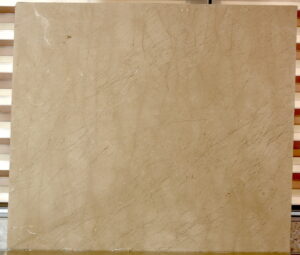

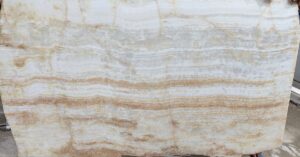



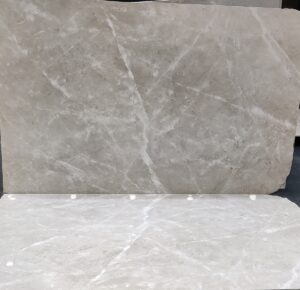





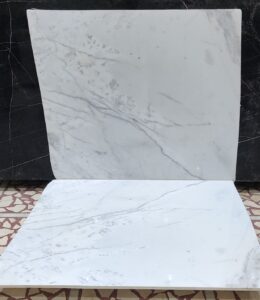
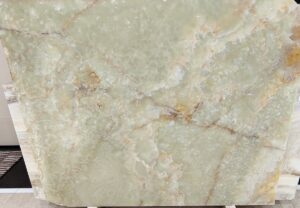
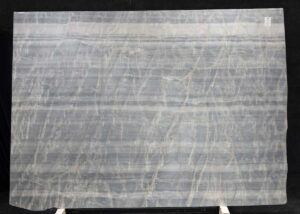


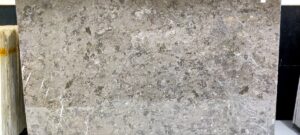



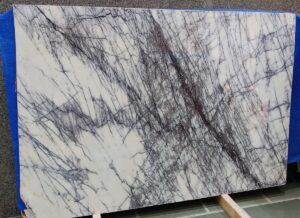





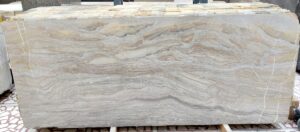



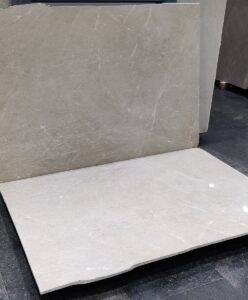





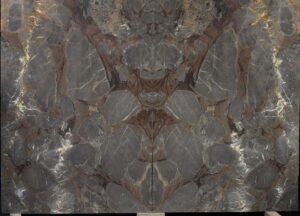
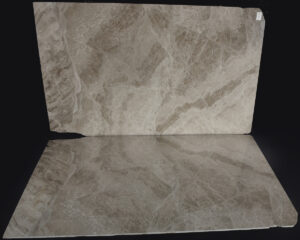











 When planning office interiors, there are many considerations a design and build firm needs to look into. From the discovery and analysis of user requirements to project costs and visual appearance, there are many areas to focus on. In this detailed and complex process, many firms often reduce or miss the focus on the very basics areas that are essential to a well-planned office. In this article, we look at 3 of those basic areas, which we feel should always be focus areas:
When planning office interiors, there are many considerations a design and build firm needs to look into. From the discovery and analysis of user requirements to project costs and visual appearance, there are many areas to focus on. In this detailed and complex process, many firms often reduce or miss the focus on the very basics areas that are essential to a well-planned office. In this article, we look at 3 of those basic areas, which we feel should always be focus areas: